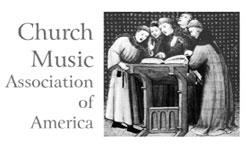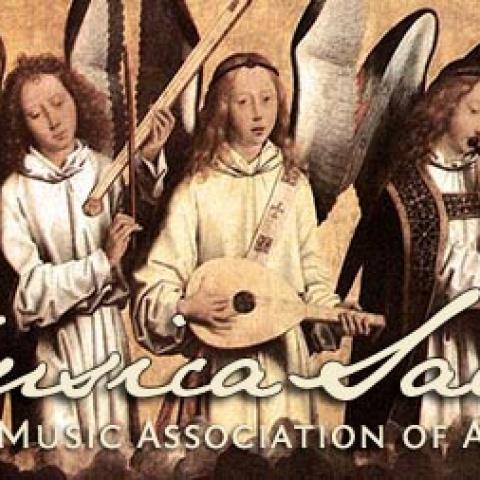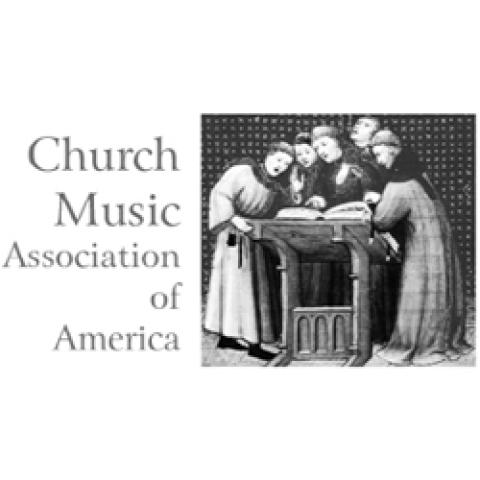
The Church Music Association of America presents a symposium, “The Aesthetics and Pedagogy of Charles Tournemire: Chant and Improvisation in the Liturgy,” October 21–23, on the campus of Duquesne University in Pittsburgh and at neighboring Pittsburgh churches. The conference seeks to explore the aesthetic, liturgical, theoretical, and technical principles of Tournemire’s improvisations and teachings on improvisation, the use of Gregorian chant in organ improvisation, the role of organ improvisations in the Catholic liturgy, and pedagogical approaches to teaching organ improvisation.
The conference will include liturgies, opportunities for the study of improvisation at the organ, discussion groups, and recital programs and papers relating to the conference theme. The conference registration fee is $100 and includes the conference materials. The conference hotel is the Cambria Suites, Pittsburgh at Consol Energy Center. For information: www.musicasacra.com/tournemire.




